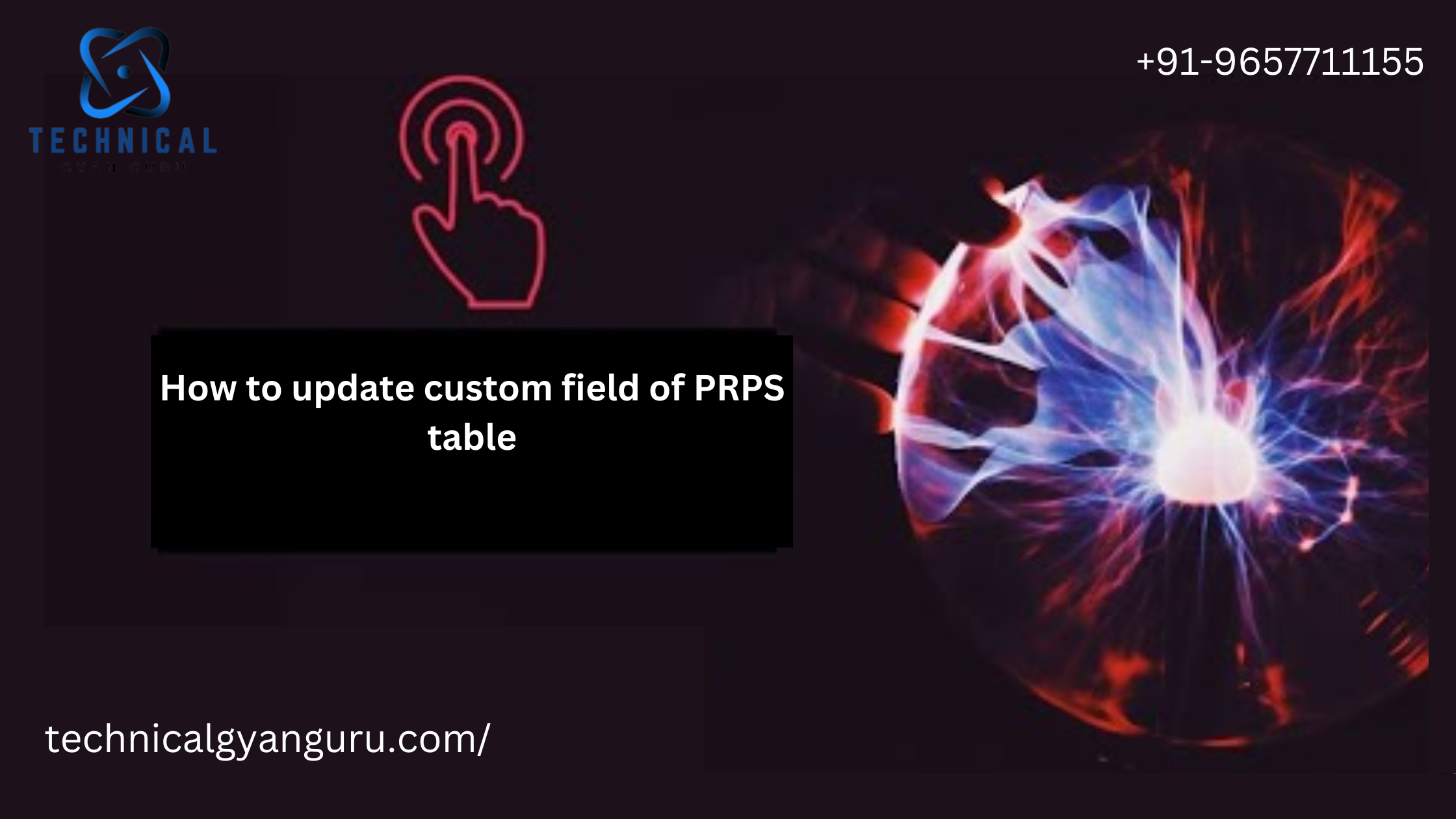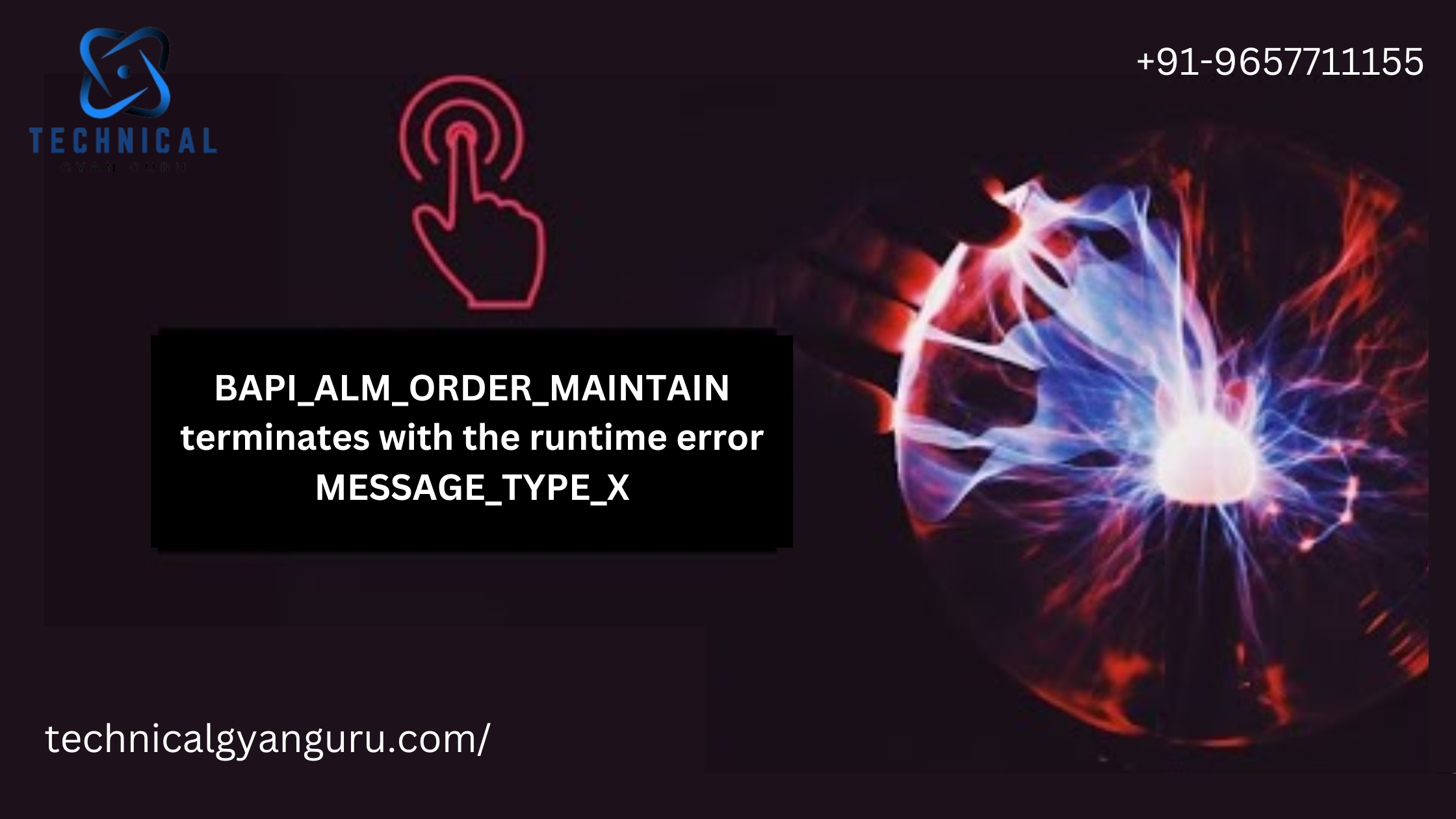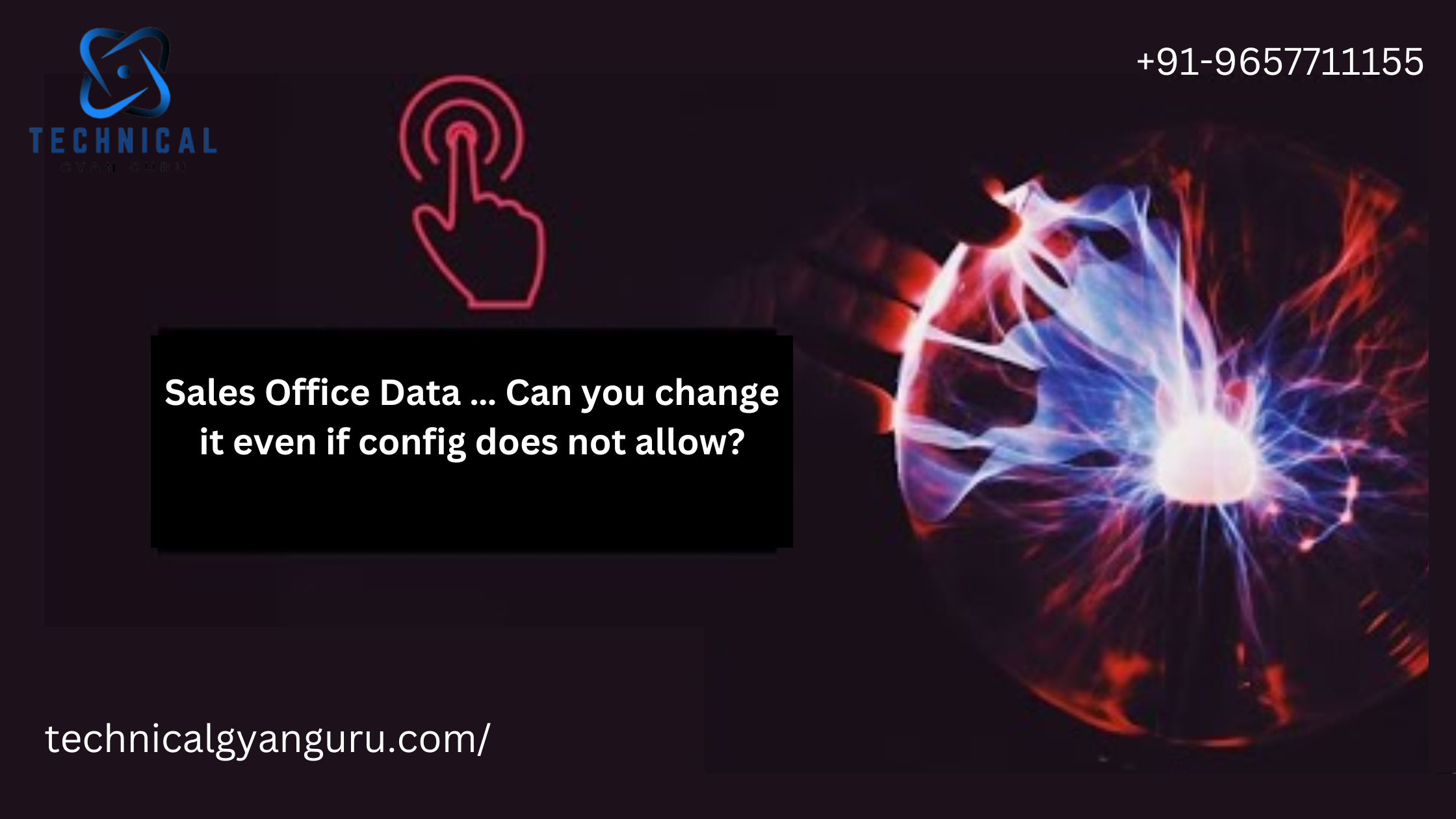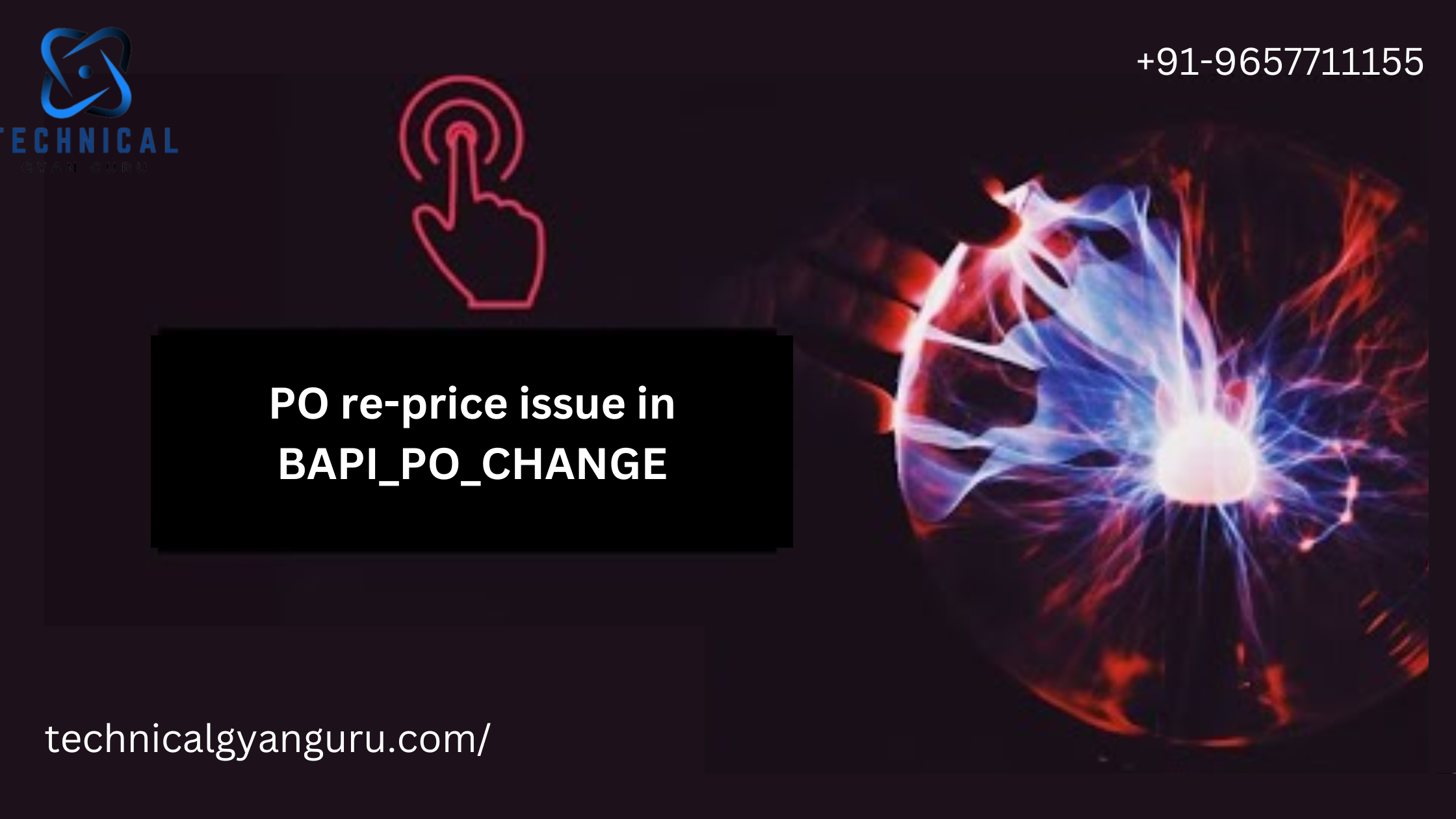
In today’s interconnected digital world, businesses rely on a multitude of applications, data sources, and services to operate efficiently. The advent of cloud computing has ushered in an era of unprecedented flexibility and scalability, but to fully harness these benefits, seamless cloud integration and connectivity are essential. In this blog, we’ll explore the importance of cloud integration, its challenges, and strategies for achieving a cohesive and connected cloud ecosystem.
The Significance of Cloud Integration
Cloud integration is the process of connecting disparate systems and applications, whether they reside in the cloud or on-premises, to function as a unified ecosystem. It enables organizations to achieve several critical objectives:
1. Data Flow: Seamless data flow between applications and systems ensures real-time access to information, enhancing decision-making and operational efficiency.
2. Automation: Integration allows for automated workflows and processes, reducing manual tasks and the risk of errors.
3. Scalability: Cloud integration facilitates scaling up or down as per business needs, ensuring resources are optimized without unnecessary costs.
4. Improved Customer Experience: Integrated systems enable a 360-degree view of customers, enhancing customer service and personalization.
5. Agility: Organizations can adapt to changing market conditions faster by connecting and reconfiguring systems as needed.
Challenges in Cloud Integration
While the benefits of cloud integration are substantial, the road to achieving seamless connectivity can be challenging. Here are some common hurdles:
1. Heterogeneous Systems: Organizations often operate a mix of legacy systems, cloud-based applications, and external services with different data formats and communication protocols.
2. Security Concerns: Protecting data during transit and ensuring proper access control are critical security concerns in cloud integration.
3. Data Mapping and Transformation: Data from different sources may require mapping, transformation, and validation before it can be used effectively.
4. Latency and Reliability: Maintaining low-latency, reliable connections is essential, especially for real-time applications.
5. Compatibility: Ensuring that all integrated components are compatible and up-to-date can be a significant challenge.
Strategies for Achieving Seamless Cloud Integration
Successful cloud integration requires careful planning and implementation. Here are some strategies to help organizations achieve seamless cloud integration and connectivity:
1. API Integration: Utilize Application Programming Interfaces (APIs) to enable communication between different systems. APIs provide a standardized way to interact with applications and services.
2. Cloud Middleware: Implement cloud middleware platforms that offer pre-built connectors and integration templates for popular applications, simplifying integration efforts.
3. Data Integration Platforms: Invest in data integration platforms that support data mapping, transformation, and cleansing. These platforms facilitate the movement of data between systems.
4. Identity and Access Management (IAM): Implement robust IAM solutions to manage user access and permissions securely. This is crucial for protecting data and ensuring compliance.
5. Event-Driven Architecture: Consider an event-driven architecture that enables systems to react in real-time to events and triggers, reducing latency and enhancing responsiveness.
6. Monitoring and Analytics: Implement monitoring and analytics tools to gain insights into the performance and reliability of integrated systems. Proactive monitoring helps identify and address issues quickly.
7. Compliance and Governance: Establish compliance and governance policies to ensure data privacy and regulatory adherence throughout the integration process.
Conclusion
Seamless cloud integration and connectivity are pivotal for organizations aiming to fully leverage the cloud’s potential. By overcoming integration challenges and adopting the right strategies and technologies, businesses can create a connected ecosystem that enhances agility, improves customer experiences, and drives innovation. In an increasingly digital world, successful cloud integration is not just a choice; it’s a necessity for staying competitive and relevant in today’s business landscape.







